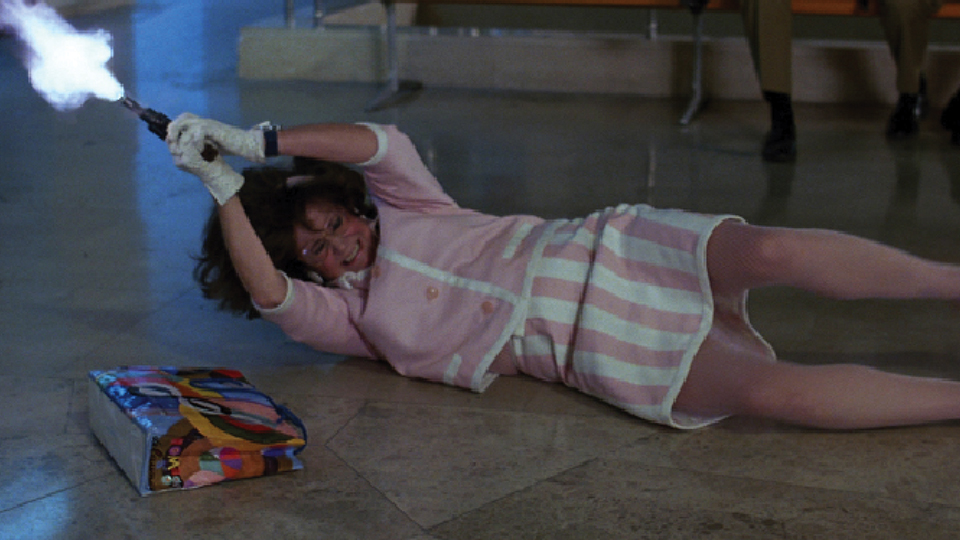A&E
Hispanic film series closes with powerful inside look at the treatment of women with recycled cinema
By Kyandreia Jones ’19
March 31, 2016
Tags a+e
This past Tuesday, March 29, the Hispanic Studies department concluded its film series with Con la Pata Quebrada (2014).
Directed by Diego Galán, the film examines how Spanish cinema portrayed Spanish women in the 1930s. Galán uses footage from other films to show women’s role in the social sphere from the early 20th century to now.
The 180 pieces of footage offer viewers an inside look at the conditions in which women lived now almost 100 years ago. However, the fragments serve a greater function. Besides revealing the poor way in which men treated women, the film reveals cinema's hand in the issue.
In Con la Pata Quebrada (Barefoot in the Kitchen), cinema perpetuates the idea that women are second class citizens. In Spanish cinema, men badmouth, cheat and strike women without penalty or shame. Granted, during the time of the film the same scenes existed in the houses of many. Yet these conditions struggled to change because movies portrayed them as acceptable and normal.
Worse, children and teenagers who attended the movie theater saw these images. They then carried their preconceived notions about women into future generations. This ensured the creation of more women who felt that they must be beautiful, quiet and domesticated. Further, this continued the development of men who believed that if a woman did not meet the aforementioned requirements, he must teach her with physical or verbal abuse.
Galán’s decision to show film fragments in which women spoke about themselves and other women with the same, or more, malice than their male counterparts strengthened the film. As the audience witnesses the mistreatment of women, it would be easy to become furious at the men in the film. However, Galán’s choice to have women echo the men’s sentiments complicates the issue.
Instead of a disagreement between sexes, Galán demonstrates that the issue at hand remains a social dilemma. Some women stand in the way of other women who aim to define their own social sphere. Galán communicates this by showing women who are not necessarily the enemies of their own cause but a people conditioned to reject change. Women were so trained to remain in their domesticated spheres that they shied away from the man’s world.
The topic of Con la Pata Quebrada engaged the audience. Members of the audience were able to relate to the commentaries on gender norms, religion and relationships and how all-affecting endeavors such as war alter the lives of a country’s citizens.
However, I found the structure of the film problematic. The film fragments bombard viewers; meanwhile, the narrator (Carlos Hipólito) talked about the fragment’s relation to a specific point of the discussion. The rapid images and clips become difficult to digest as all the events happen at once. I would have liked to have time to react to the themes themselves, rather than to multiple pieces of footage. It would have been interesting to delve deeper into select films regarding the social and political evolution of women.
I would recommend Con la Pata Quebrada to those interested in women’s studies and history. Moreover, individuals interested in Hispanic studies and sociology would be interested. I would also recommend the film to anyone who has read Margaret Atwood's Handmaid’s Tale.
On the Hispanic department’s film series as a whole, I would recommend attending future film series. Each film takes on a unique perspective of a Spanish speaking country with care, detail and honesty. Although some films in the series are better than others, they all have messages that are worth a few hours of one’s time.





